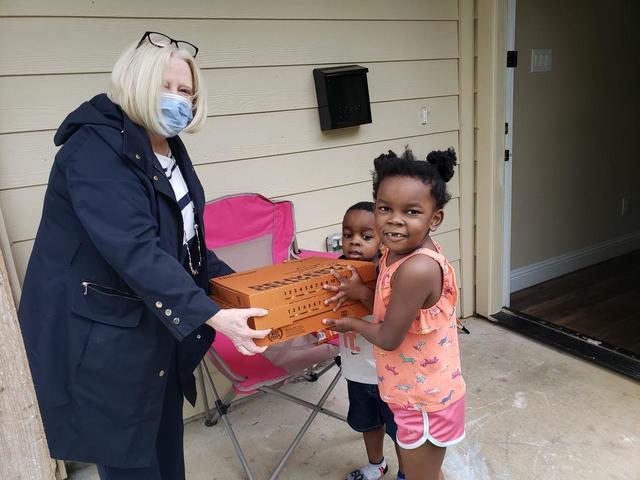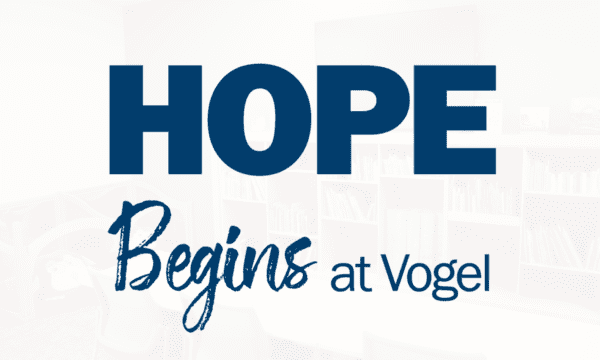
November 2021
By: Karen Hughes, CEO of Vogel
National Hunger and Homelessness Awareness Week (Nov. 13-17) is an opportunity for communities across the country to draw attention to the problems of hunger and homelessness.
While Dallas has done much of late to shine a light on the needs of our homeless population, many misconceptions remain about hidden homelessness and its causes. To most people, ‘the homeless’ are generally seen as a single type of person: mostly men who live in public places or in area shelters. They’re often referred to as the chronically homeless.
While the chronically homeless are certainly the most visible, the issue of hidden homelessness is a far more complex picture. To effectively address homelessness, we must challenge our notions and see the different faces of those suffering. We must lift the veil on our ‘hidden homeless.’
The reality is that families are the fastest-growing segment of the homeless population, accounting for almost 40 to 50 percent of our nation’s homeless. These families are often referred to as the ‘hidden homeless.’
The typical homeless family is led by a single mom in her 20s with two children ranging from only months old, to elementary school aged. She and her children were jolted into homelessness for a variety of reasons that many North Texans face: a lack of affordable housing, rising costs, an unanticipated bill, job loss, or a conflict with a family member.
According to the National Center for Homeless Education, Texas is home to approximately 10% of the country’s homeless youth and children. Homeless children are among the most invisible and neglected members of our community.
The clock is ticking on these young lives. Homelessness can have a significant impact on a child’s development. Because 90 percent of brain development occurs before age five, the trauma of homelessness disrupts a child’s critical wiring of the brain, often resulting in significant developmental, emotional and behavioral problems such as depression, anxiety or aggression.
So, who are some of the most at-risk and vulnerable?
- Single moms. 95 percent of the children served by Vogel belong to families headed by single moms.
- Victims of violence. Approximately 92% of young mothers experiencing homelessness have been victims of physical and/or sexual abuse at some point in their lives (if not currently).
- Black youth face an 83% increased risk than their white peers.
- Hispanic youth face a 33% increased risk.
- LGBTQ youth were more than twice as likely to have experienced homelessness.
- Young parents—especially unmarried—had 3x higher risk than non-parenting peers.
Family and child homelessness should not be hidden, and help is available.
Since 1987, Vogel has helped children and their families overcome the lasting and traumatic effects of homelessness. Through our trauma-informed early childhood and school-age programs, as well as our family support and physical and mental health services, we work to break the cycle of poverty for these families and help them build a better future. About half of our families are living in shelters. The other 50 percent have begun their journey toward stability and are starting their lives in affordable housing.
The services from Vogel, Metro Dallas Homeless Alliance, Family Gateway, and other local homeless resource organizations are available and bring a safety net to thousands of local families and children. Let’s lift the veil on family homelessness and help those in need.
Dallas Examiner Helps Raise Awareness of the Issue!
Check out Karen Hughes opinion piece live on the Dallas Examiner website! Special thanks to the Dallas Examiner for helping spread the word.





